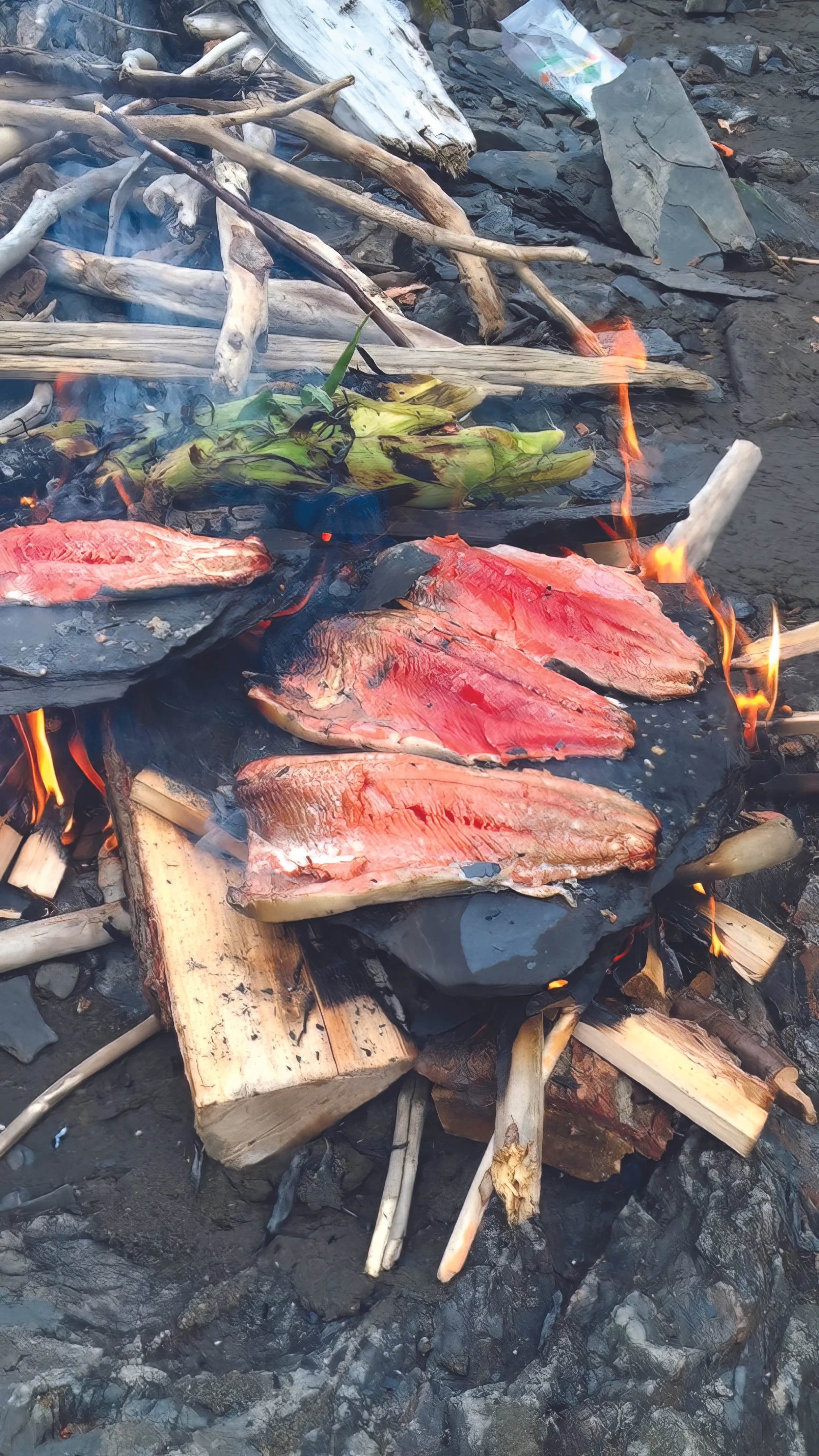Les communautés autochtones de la Colombie-Britannique (C.-B.) ont des liens profonds avec leurs terres, et sont disproportionnellement affectées par le changement climatique.
Read MoreIndigenous communities in British Columbia (BC) hold deep relationships with their Lands, and are being disproportionately affected by climate change. Community climate resilience is an emergent body of work that examines select indicators to create an overall picture of climate resilience in human communities.
Read MoreDans notre climat changeant, c’est à leurs frontières que les écosystèmes sont les plus dynamiques. À partir de photographies géolocalisées et envoyées sur iNaturalist.ca, les chercheurs peuvent étudier une large gamme de phénomènes écologiques.
Read MoreIn our changing climate, ecosystems are most dynamic at their edges. From geotagged photographs uploaded to iNaturalist.ca, scientists can study a range of different ecological phenomena.
Read MoreDans les hautes altitudes du parc national Yoho, les rochers content une histoire de la Terre d’avant les racines d’arbres et les sabots de cerf, quand un vaste océan hébergeait les débuts de la vie, en un endroit appelé les schistes de Burgess.
Read MoreHigh in the mountains of Yoho National Park, the rocks tell a story of the Earth before tree roots and elk hooves, where a vast sea hosted the beginning of life as we know it, in a place we know as the Burgess Shale.
Read MoreLes changements climatiques et hydrologiques rapides ont un impact négatif sur les montagnes de l’ouest canadien, et les communautés luttent pour comprendre et s’adapter à cette réalité nouvelle. Des observations rares et une capacité scientifique limitée entravent nos aptitudes à prévoir ces changements à travers le nord-ouest du Canada.
Read MoreRapid climate and hydrological changes are detrimentally impacting Canada’s western mountains, and communities are struggling to understand and adapt to this new reality. Sparse observations and limited scientific capacity hamper our ability to forecast changes across Canada’s northwest.
Read MoreOn January 30, 2023, a joint media release was made by Parks Canada and WCS after months of evaluation and discussion: “A tiny natural treasure had been found,” read the release, “buried deep beneath a mountain.”
Read MoreLe 30 janvier 2023, Parcs Canada et la WCS émettaient un communiqué de presse conjoint après des mois d’évaluation et de discussion. « Un petit trésor naturel vient d’être découvert, » disait-il, « dissimulé sous les profondeurs d’une montagne. »
Read MoreLes montagnes donnent autant lieu à des torrents qu’à de petits ruissellements d’eau douce. Des glaciers et des manteaux neigeux alpins qui fondent, des courants dégringolent parmi les montagnes et se dispersent dans les bassins versants.
Read MoreHigh-elevation headwaters are the lifeblood for people and ecosystems alike. They provide the freshwater that pours through taps, supports the growth of food, and nurtures a diversity of freshwater species, including the iconic Kokanee Salmon.
Read MoreLa poussière se compose de fines particules atmosphériques (de matières particulaires en suspension dans l’atmosphère) qui proviennent de sources variées telles que le sol perturbé par le vent, les éruptions volcaniques, et la pollution.
Read MoreDust consists of fine atmospheric particulates (particles in the atmosphere) that come from various sources including soil disturbed by wind, volcanic eruptions, and pollution. This airborne dust is considered an aerosol, and once in the atmosphere, it can change the scattering and absorption of incoming solar radiation and affect local meteorology by altering cloud properties.
Read MoreEn cette époque où les messages sur le développement durable sont en concurrence et souvent confus, il peut être difficile de se faire entendre. Aussi comment développer au mieux un programme éducatif sur la durabilité des montagnes?
Read MoreIn times of competing and often confusing messaging about sustainability, it can be difficult to be heard. So how best to develop an education program on the subject of mountain sustainability?
Read MoreAu Canada, on se souviendra de cette année — 2023 — comme d’une année de climats extrêmes et mortels. Les incendies de forêt et la fumée, les inondations, la sécheresse, les températures extrêmes, les tornades et le réchauffement des océans ont affecté toutes les régions du pays.
Read MoreThis year – 2023 – will be remembered across Canada as a year of extreme and deadly weather. Wildfires and smoke, floods, drought, extreme temperatures, tornados, and warming oceans left no region of the country unaffected.
Read MoreLike most municipalities in Canada, we are grappling with how to prevent and prepare for the impacts of a warming world. As a tourism town nestled in a national park, Banff already faces several challenges – affordable housing, cost of living, and vehicle congestion, to name a few – but climate change is the most imminent one because it can cause dramatic change to our lives and livelihoods.
Read MoreLike most municipalities in Canada, we are grappling with how to prevent and prepare for the impacts of a warming world. As a tourism town nestled in a national park, Banff already faces several challenges – affordable housing, cost of living, and vehicle congestion, to name a few – but climate change is the most imminent one because it can cause dramatic change to our lives and livelihoods.
Read More










